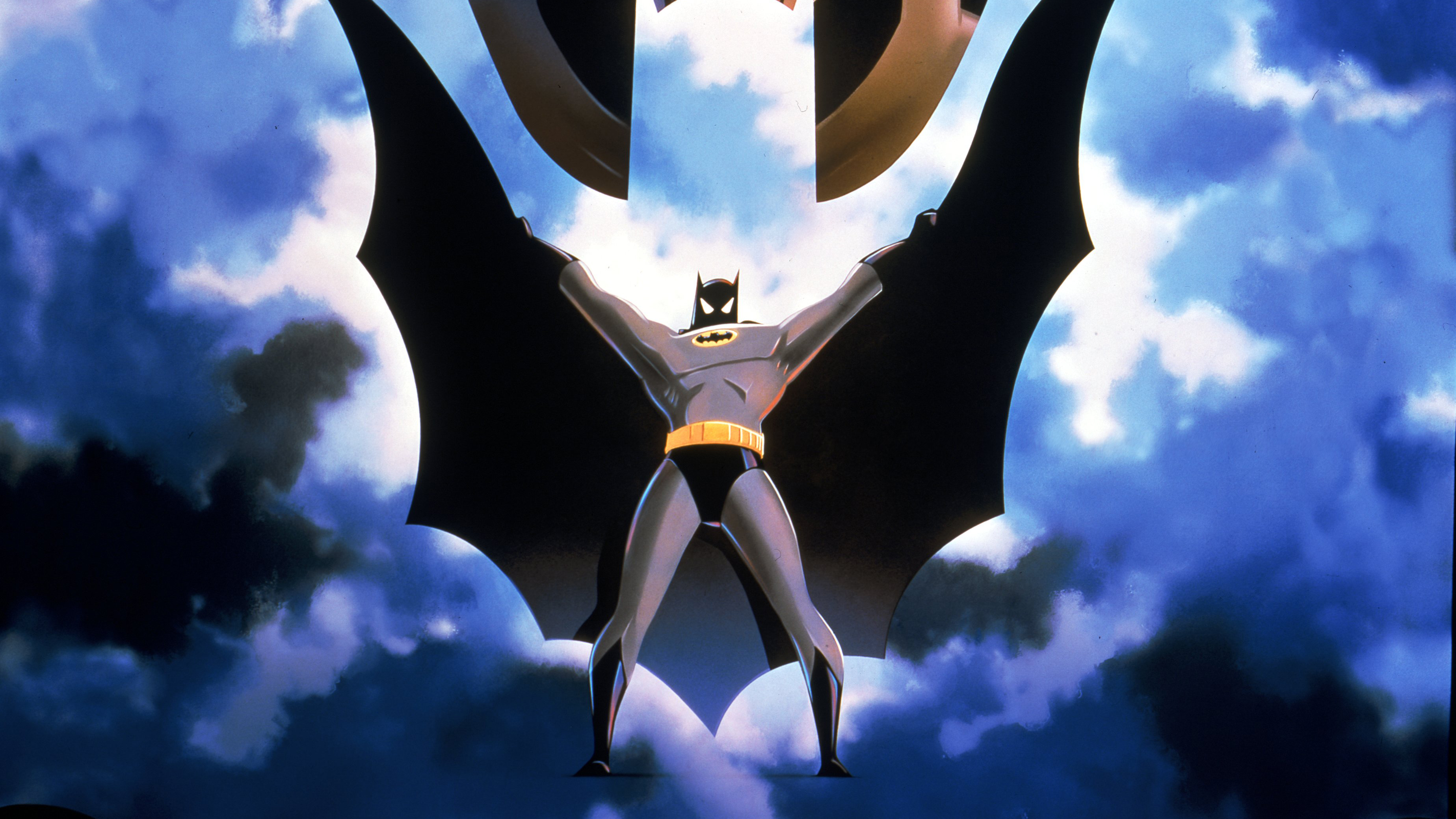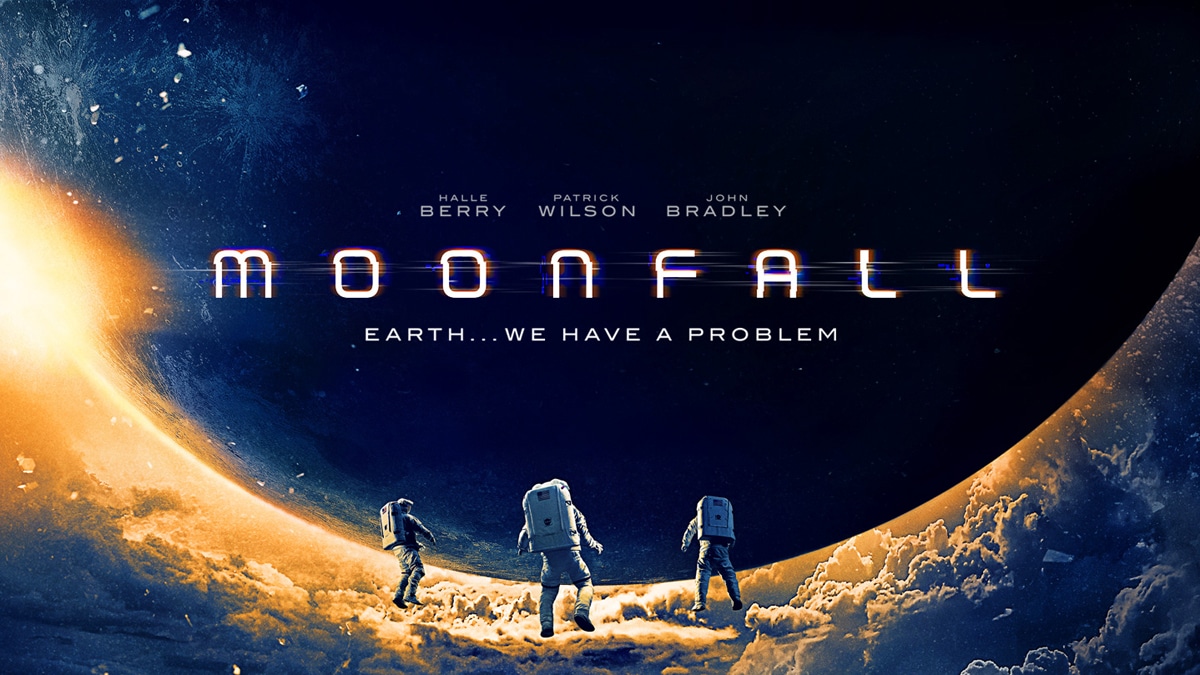
The setting can sometimes be the most important element to your movie. While the story and characters should always be a top priority, the setting can be equally as meaningful in terms of both script and direction. It’s the location where your movie takes place that make the best impression. From a writing perspective, it helps showcases the place where the main characters will spent the majority of the time in along with giving opportunities for unique and proper world building. From a directing perspective, it gives a chance for the person behind the camera to show off their creativity and skillfulness as a filmmaker. Even in a movie that’s so bad or so mediocre can at least be overlook when watching it if you are able to make the place the movie is set in pleasant to the eyes and interesting to the world/universe the movie is set in. While there are many, many flaws to be had with Batman Forever (and there definitely are quite a bit), the one thing it does get right is that it makes Gotham City more appealing than any other Batman movie that has come before or after it.
In terms of the live-action Batman movies, the portrayals of Gotham City have been quite a mixed bag. Tim Burton capture the atmosphere well but never could quite get the scope of it down making the actual city feel smaller than it actual was. Zack Snyder got the scope and scale of it down (then again when does he NOT?) in the brief time that we’ve seen his version of Gotham but didn’t really have much to differentiate it from his own Metropolis. Christopher Nolan came close to capturing the perfect version of it in Batman Begins but then came Dark Knight and Dark Knight Rises that abandoned that in favor of a more generic looking city set in Chicago or New York. If there is one thing that all three directors did right though, it’s that it made Gotham City just as important to the story as Batman himself. Heck at times, you could make the argument that certain Batman movies sure have the word Gotham in in instead of Batman. (Kinda like how Black Panther could be referred to as Wakanda: The Movie) In the majority of Batman movies, Gotham City is practically it’s own character. It’s the tone feel, and direction that is set in that distinct location that matches the tone, feel, and direction that the movie is going for. This makes it all the more interesting in that Joel Schumacher, despite how infamous and incredibly flawed his Batman movies are, was able to nail down the best version of Gotham City we have seen on the big screen thus far.
The one thing that Schumacher got constantly criticized with his movies, and especially his two Batman movies, is that he tends to always oversexualized his characters, whether it’s male or female. He definitely showcases that in this movie. Val Kilmer looks as if he walked straight off the cover of a Playgirl magazine. Chris O’Donnell at times when he’s not in the Robin costume, has a black lather jacket on, nailing the “bad boy” look that certain women love so much, particularly chicks that dig the car. Nicole Kidman delivers nearly every single line as if she’s having an orgasm and about to get it on with dialogue that sounds like it was ripped straight out of a porno. Even Jim Carrey rocks certain outfits that I’m sure at least one certain group regardless of what sex that are most attracted to would be lusted by. That definitely becomes a big distraction throughout the film (and ESPECIALLY in Batman and Robin) that it makes it hard to care about the characters since most of them either feel like sex objects or cartoons. At the very least, Schumacher was able to make Gotham City looks as good as his cast.
In Batman Forever, Gotham City just has it’s own fresh, unique feel to it. Throughout the movie, you get a more bright, proper, and special look of this corrupted town than you do in any other Batman movie that feels completely leaped off the comics and animated shows. Schumacher’s overall vision and direction offers an incredibly glowing and neon look at Gotham City itself. It’s bright colors, lighter visuals, and stunning aesthetics perfectly matches the light-hearted tone it’s going for and becomes incredibly effective the moments you are able to gaze your eyes upon it. While that can’t certainly help the cheesy one-liners and the over-the-top action (even if those can be highly enjoyable AT TIMES), it does help the setting of the movie mix well with it’s feel and goofy characters.
What also helps Gotham City in this movie stand out is how the bad guys are just as bright, colorful, and cheesy as the city they are trying to conquer. Forever has two main villains, Two-Face played by Tommy Lee Jones and the Riddler played by the always insane Jim Carrey. And my oh my are these two guys not as gloriously silly and over-the-top in this movie along with their outfits. Two-Face has half of his body covered in multiple different colors. The burned half of this face is all purple while that of his suit mixes with red, white, black, and yellow. The Riddler mostly consist of pink hair and always wearing what looks like green pajamas. These bright colored baddies mixes well with it’s light tone and distinct feel which this movie takes place.
There also the scenes where we have the heroes of Batman and Robin themselves when they are fighting bad guys. The best examples of these are 1.) when Dick Grayson himself is cruising through the neon-painted streets facing off against a group of criminals and 2.) when Batman has his final showdown with the Riddler and Two-Face. While this doesn’t make for the most bleak and intense fight scenes ever, it does help create the same sense of vigilantism and crime gang lords, which probably makes it all the more appropriate for something like this rather than one that is aiming for a more bleak, grim look at an infamous, manipulate territory. You will never get the sense of realism with Schumacher’s Gotham City like with Burton, Nolan, Snyder, and (from the looks of it) Matt Reeves, but man has Gotham never felt so energized and alive in a live-action Batman feature film.
Lastly, this was also the first ever Batman movie to feature Arkham Asylum itself.
Okay so the scene itself is only a minute long but, come on. Just that one shot of the gate that says Arkham Asylum alone along with the actual asylum itself in the background just screams ARKHAM ASYLUM! I’ll certainly buy that as Arkham Asylum than say, the one in Batman Begins that makes it look like the most generic giant prison imaginable. How can you see that one perfect shot and NOT want to fire up your video game system to play the Arkham Asylum video game?
And there was also this scene that was cut from the movie where it shows Two-Face escape from the Asylum at the very beginning.
Batman Forever falls flat in a lot of ways! Corny dialogue, over-the-top characters, arcs that feels unearned and don’t make sense, and performances that are completely hammered up that you wonder if some of the actors are just being as awful as possible just because they can. However, I have never seen a better representation of Gotham City on-screen with any live-action Batman movie than with this movie. For a famous setting that has been often portrayed as mean, gray, and bleak, it’s refreshing to see someone step it up and breath some actual life into it, even if it doesn’t quite match with how the character of Batman is usually interpreted as. Every once in a while in a movie, it’s perfectly okay to make a bad place look good.
A couple of side notes:
- Apparently, Joel Schumacher was actually wanting to make a Batman movie strictly about Arkham Asylum but the studio wouldn’t allow it. What a shame!
- That deleted scene with Two-Face should have been in the movie.
- This does give me an idea of what I want to write for my piece on Batman Begins.
- About that last line, I’m talking more of FICTIONAL settings and not ones in real life. Please NEVER try to make a real, legit terrible place look good!
Next up: Batman and Robin






